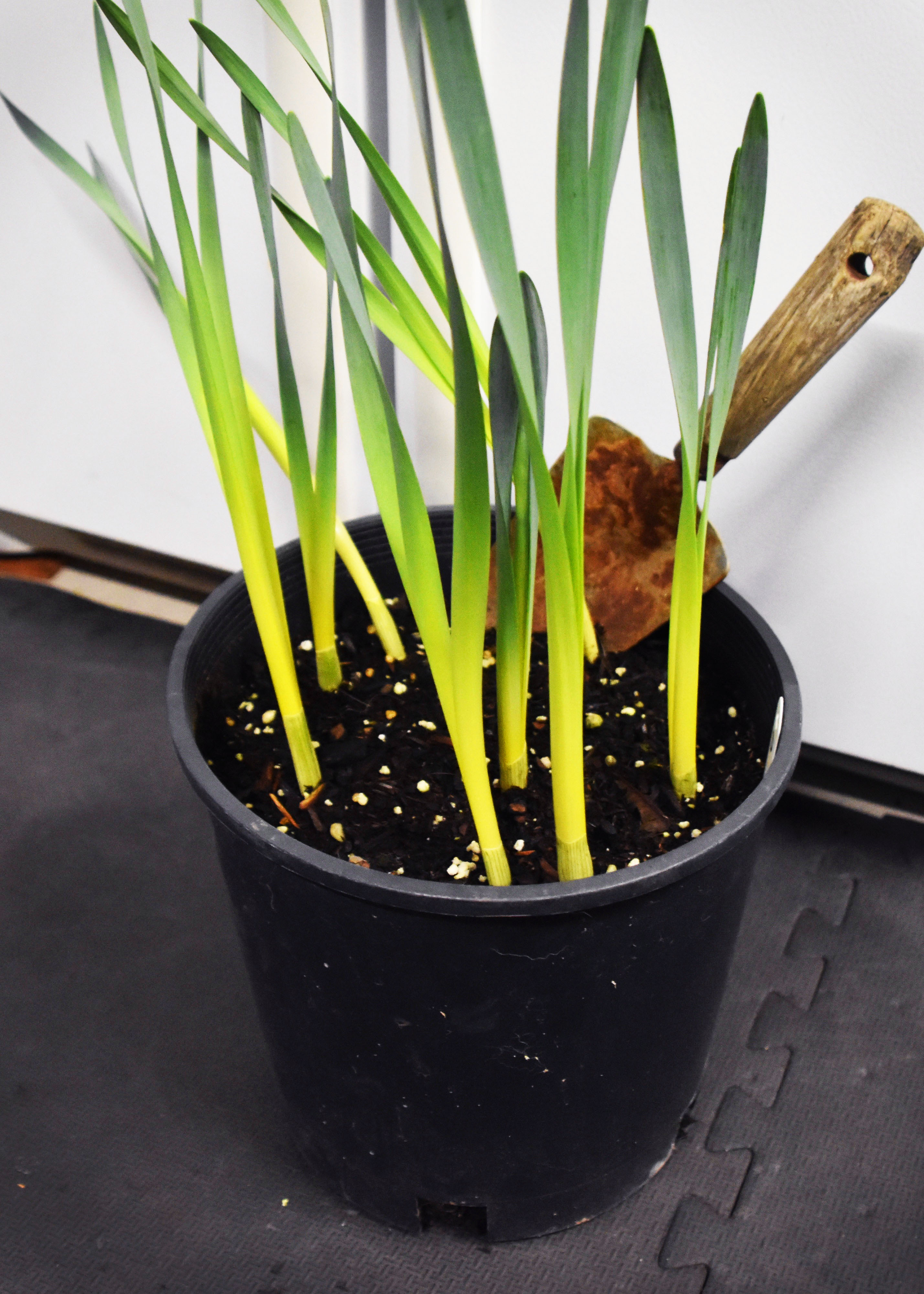Written by: Taylor Duff | Lifestyle Editor
Making friends in today’s world is difficult with everyone glued to their phones for a sense of belonging and interaction. There are a few alternatives to making friends, or at least trying to, that aren’t boring or scary and will help build meaningful connections.
Firstly, if in-person isn’t the immediate go-to, many apps such as Bumble BFF and Friender have people who are in similar situations looking for friends. These apps allow users to display their interests and preferences clearly and safely to help find similar people. Other apps like Eventbrite, Meetup and Facebook groups target in-person interaction with a larger group setting to allow for multiple people at once to get to know each other at an event they all have an interest in.
Functions such as paint and sips, trivia nights, speakeasies, pottery classes, cooking classes, bingo and many more introduce fun and crafts to socializing. It all depends on what an individual wants to explore and can open the door for meeting new people. Social media communities, such as Discord, are also very accessible.
Work may not be the easiest place to navigate, but making friends with co-workers can potentially allow for friendship in and outside of the workplace. If there are charity events or potlucks through work, that is a great place to further that connection. There is also networking for employees to learn about upcoming events and introduce themselves to higher-up employees.
Learning environments that offer plenty of opportunity for conversation, like taking up a new pastime in a classroom, are also excellent options and may be simple for oneself. Taking classes in-person or online gives students a chance to interact with each other and learn.
Clubs such as book clubs, chess clubs and writers groups hold many event spaces for people to interact and get to know each other. In a similar space, if an individual is looking for a spiritual environment, there are many church events or groups held frequently. One could look for charity events or volunteering spaces to meet people, but also to help those in need. Charity events may include fundraisers and 5k marathons, and there are volunteering opportunities like helping at shelters for people and animals, beach clean-ups and food banks.
Fitness clubs are also great opportunities to socialize while also working on fitness goals. Many gyms have different group classes such as Zumba, yoga, pilates, cycling and tennis, to name a few. This allows people to create a community within the gym and enjoy working out.
Overall, finding friends takes a bit of searching and many conversations. It can be challenging with the rise of social media, but taking one step at a time and looking in the right places could be a great start.
Contact the author at howllifestyle@mail.wou.edu





